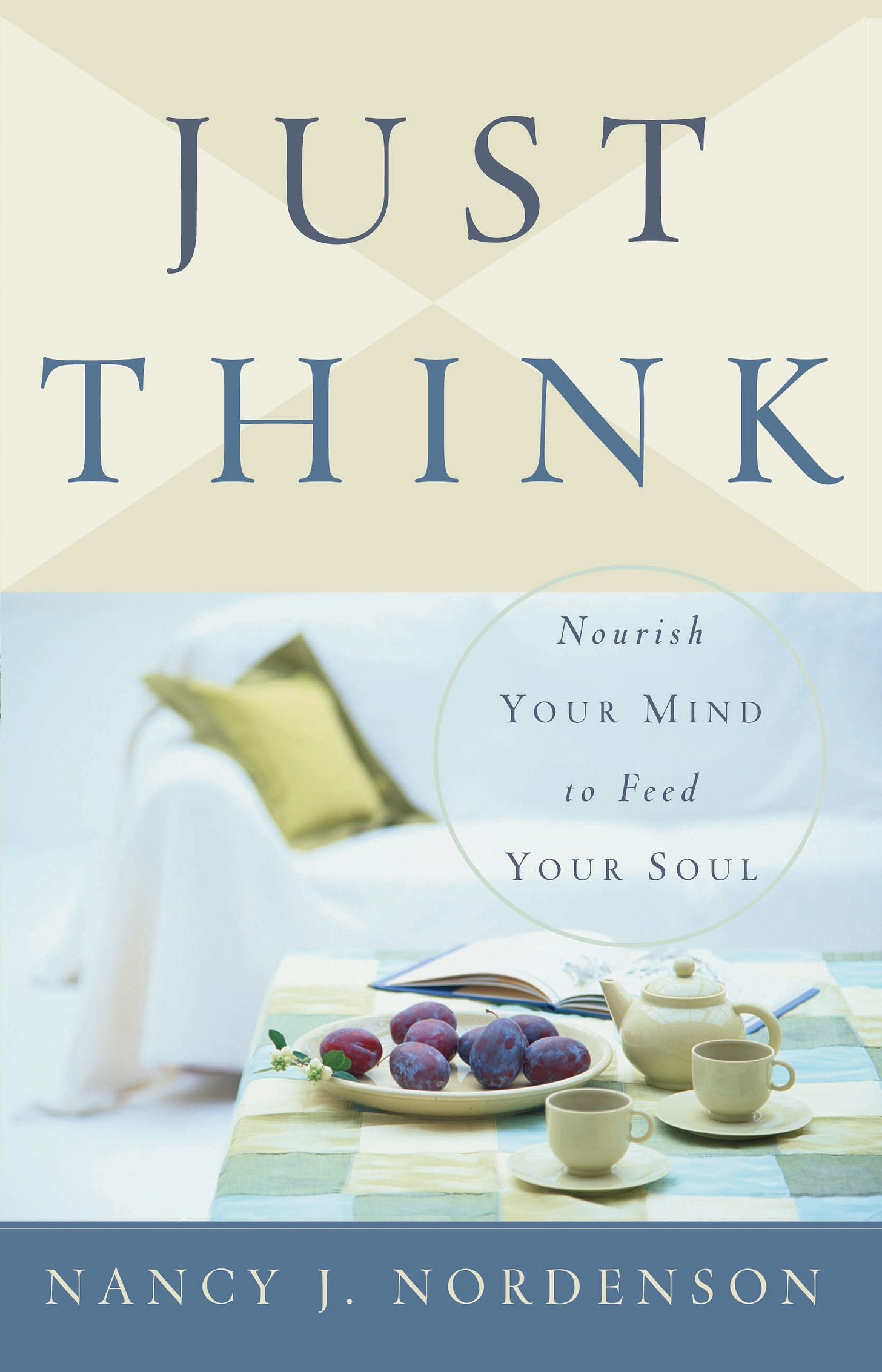Creative writing, spiritual writing, essaying. I don't think of this work as a hobby I play around at, but rather a spiritual vocation that I practice. I try to essay through layers of meaning; to behold life with an imaginative eye of faith; to create bridges from seen to unseen reality and back again; to write in a spirit of doxology and prayer and with an intention toward wholeness and calm.
I write to encourage you, dear reader.
I write in a genre that goes by many names – creative nonfiction, literary nonfiction, lyric nonfiction, personal essay, lyric essay. Writers who write in this loose genre have a personal slant to what they write, so their work, in terms of approach, content, tone, and structure, is largely a function of who they are. My writing also tends to be idea-driven. While I draw on personal experience, I am more interested in following an idea or a question than in following my own narrative. In A Field Guide to Getting Lost, Rebecca Solnit wrote that "In essays, ideas are the protagonists, and they often develop much like characters down to the surprise denouement.” I couldn’t agree more.
I hold a master of fine arts degree in creative writing from Seattle Pacific University in Seattle, Washington, and an undergraduate degree in biology and chemistry from North Park University in Chicago, Illinois.
My first blog post dates back to October 2004.
ABOUT MY BOOKS
A book about hope. I’m currently working on a book about hope.
A book about work. My second book was first released in April 2015 from Kalos Press, with a second edition from Metaxu Press in 2019. Finding Livelihood: A Progress of Work and Leisure started with the question, How do I make peace with the fact that my husband lost his job just as I started graduate school and we had two sons in college? That question led to others, as questions usually do, and the book evolved to become an exploration of work as a place of spiritual journey, particularly when the tensions between passion and need, aspiration and fear, and the planned life and the given life trigger longings for satisfaction, provision, and meaning. I think Finding Livelihood is particularly timely given the intensification of conversations about work and vocation online, in print, and at conferences. The book provides a missing piece in these conversations: the contemplative voice of the working individual living into work's complexities as distinct from the authoritative instructional voice of the academic, pastor, or theologian.
You can read various posts about and related to Finding Livelihood at this link.
A book about thought. The primary question for my first book, Just Think: Nourish Your Mind to Feed Your Soul (Baker Books) was, How do I keep my mind strong and steady when life seems increasingly unsteady and complicated? That question led to, How do I serve and love God with my mind? And that question expanded to include, How does thinking as a spiritual practice address other kinds of spiritual longings?
ABOUT MY OTHER PUBLICATIONS
My writing has appeared in Harvard Divinity Bulletin, Indiana Review, Comment, Under the Sun, Relief, and in other publications and anthologies, including Becoming: What Makes a Woman (University of Nebraska Gender Studies) and The Spirit of Food: 34 Writers on Feasting and Fasting Toward God (Cascade). To my surprise and joy, a number of my essays have earned "notable" recognitions in the Best American Essays and Best Spiritual Writing anthologies and Pushcart Prize nominations.
ABOUT THE ICON
I suppose I could call the icon a "logo," but that triggers thoughts of branding, which triggers thoughts of platform building, which reminds me of how I nearly cried when I read Michael Hyatt's book Platform, and the hairs rise up on the back of my neck in warning. Let's call it an icon. It matters to me how I think about these things, because the starting point, the intention behind, has everything to do with what emerges, and I don't mean what emerges in terms of Google Analytics but what emerges in terms of the integrity of the words.
The green and the leaves in the four corners speak of life and livelihood. The cross of white space in the middle is rich with meaning in multiple ways: the meaning inherent in a cross, any cross; the center space, centering; the empty white space inside; the horizontal and vertical arms of equal size (a Greek cross), which suggests the meeting of divine and the world. The cross also suggests an intersection, and ever since I started blogging in 2004, I said I was aiming at intersections, and then there's the common association between cross and healing/healthcare/medicine (my day job). The arrow shape going up and the arrow shape going down remind me that I try to go high and deep in my writing. The arrow up also looks like a spear piercing a curved canopy or dome, which resonates with what I write about in Finding Livelihood (ala Josef Pieper, see chapter "Still in French Airspace") and what I am often trying to do. And finally, God's grace is swirling around it all in the movement of the leaves around the border.
ABOUT THE BLOG TITLE: Markings
“Thou takest the pen – and the lines dance.
Thou takest the flute – and the notes shimmer.
Thou takest the brush – and the colors sing.
So all things have meaning and beauty in that space beyond where Thou art.
How, then, can I hold anything back from Thee.”
— Dag Hammarskjöld, Markings




